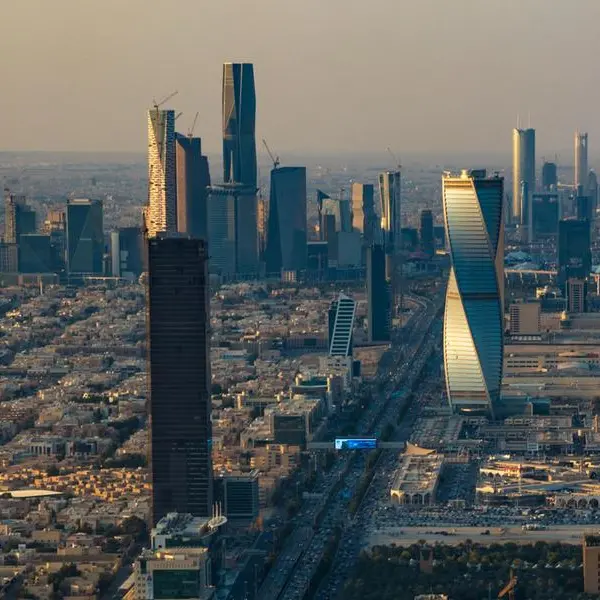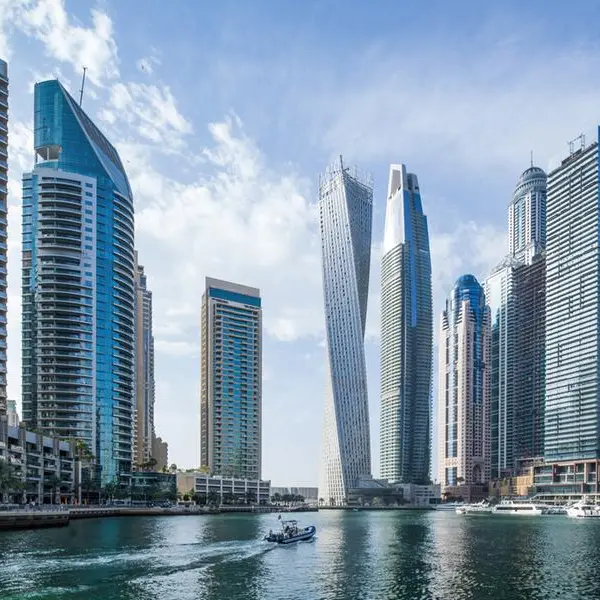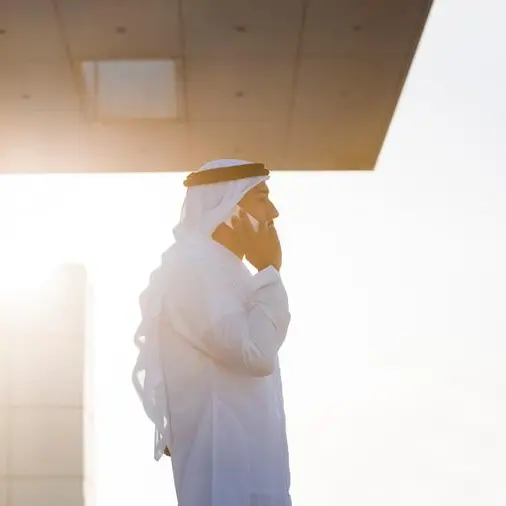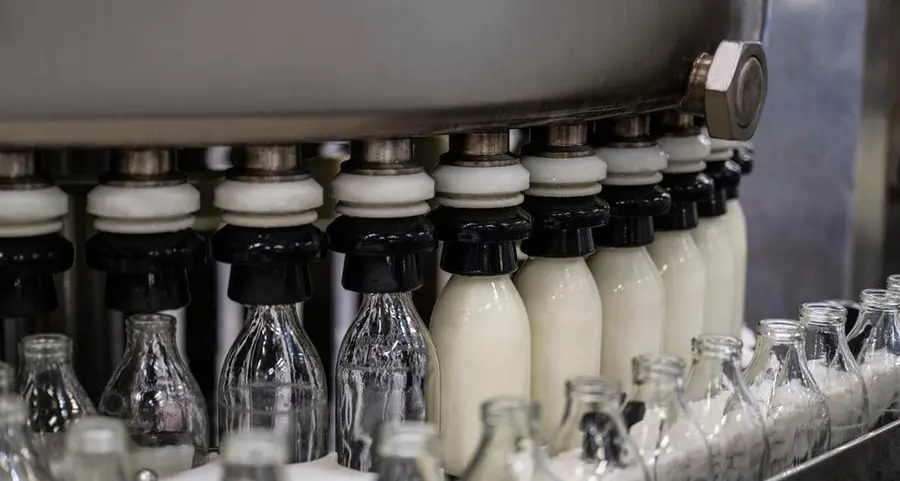Monday, Jan 11, 2016
Dubai: Lower earnings growth and higher credit losses are likely for UAE banks due to the sharp oil price decline, resulting in weakening deposits, tighter liquidity, higher interest rates, according to global rating agency Standard & Poor’s (S&P).
The rating agency expects a gradual but a longer deterioration in operating conditions impacting bank profits in the country compared to what happened during global financial crisis.
“Investors are comparing today’s tougher conditions for banks in the UAE to those during the global financial crisis starting in 2009. However, Standard & Poor’s believes that this time is different,” said Standard & Poor’s credit analyst Timucin Engin.
During the past financial crisis, oil prices dropped as they have recently. Then, a steep decline in prices for real estate and the liquidity squeeze revealed excess leverage and weak funding structures for certain government-related entities (GREs) — as well as a lack of proper underwriting practices at some UAE banks.
After an initial shock to banks that led to a visible deterioration in performance in 2009 and 2010, liquidity began to flow back into the financial system in 2010 on the back of stronger oil prices. The credit cycle turned as early as 2012, and declining credit losses made way for a recovery in bank earnings.
What’s different this time is that the oil prices are now markedly lower. Whereas at that time oil prices began to rebound after a few months of weakness, this time we expect them to remain low for a longer period of time. Given the role of such a commodity in the economy of this major oil producer, domestic economic growth is slowing, accompanied by continued volatility on the UAE equity markets and a correction on the residential real estate market.
“We are likely to see a gradual but longer deterioration in operating conditions for banks over the next several quarters or years. We believe the uncertainty about how long oil prices will remain weak will force businesses and government to adopt a conservative stance, which will weaken spending for infrastructure and private-sector investments, and rein in bank lending,” said Engin.
Currently the UAE banks are better regulated and have stronger underwriting practices which make them less vulnerable to any sharp decline in asset quality.
Standard & Poor’s expects a slowdown in credit growth and continued weaker deposit growth, with a renewed but manageable deterioration in asset quality. All of these factors combined should result in negative earnings growth for the banks in 2016 and a lacklustre performance in 2017.
The rating agency maintains stable outlook for the UAE banks it rates. “We don’t see a big threat to capitalisation. The banks we rate continue to operate with strong capitalisation, with Tier 1 ratios generally above 15 per cent. However, from our discussions with banks, we believe that they will generally retain higher levels of earnings to ensure they have enough capital as credit losses increase. That means a cut in dividend payouts, which have been increasing over the past few years in line with profitability,” said Engin.
By Babu Das Augustine Banking Editor
Gulf News 2016. All rights reserved.











